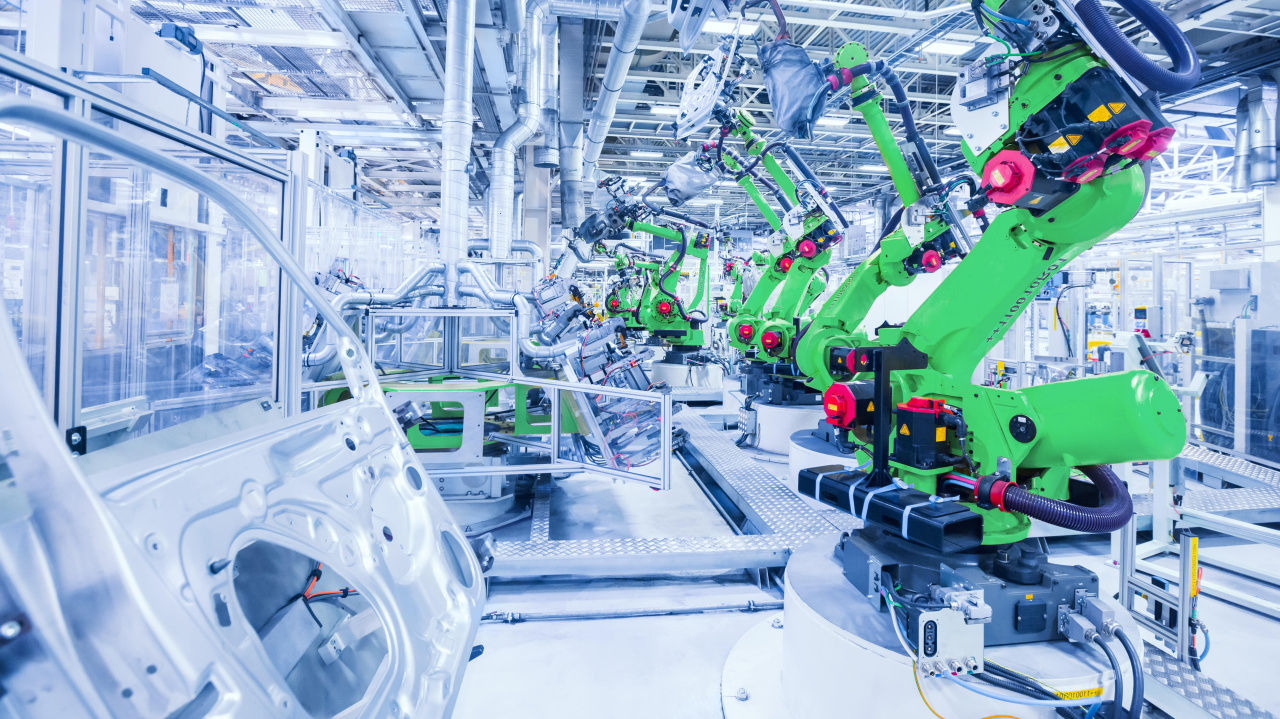In the era of rapid change in manufacturing finance, the concept of Pay-per-Use Equipment Finance is emerging. It is changing traditional financial models and allowing businesses to have unprecedented flexibility. Linxfour, at the forefront of this transformation, makes use of Industrial IoT to bring a new kind of financing that benefits both manufacturers and equipment operators. We examine the intricacies behind Pay Per Use financing and the impact it has on sales in difficult conditions.
The power of Pay-per-Use Financing
At its core, Pay per Use financing for manufacturing equipment is a game-changer. Businesses no longer pay rigid fixed amounts and instead pay in accordance with how the equipment is utilized. Linxfour’s Industrial IoT integrate ensures accurate usage tracking, providing transparency. This means that there are no costly penalties hidden in the event that equipment is not utilized to its maximum. This groundbreaking approach increases flexibility in the management of cash flows, particularly crucial during periods of fluctuating customer demand and low revenues.
Impact on sales and business conditions
The overwhelming consensus is that Pay per usage financing is a great option. An overwhelming 94% of respondents believe that this method can improve sales, even in challenging economic conditions. The ability to connect costs to the use of equipment does not just attract companies that want to reduce their expenses, but also creates an appealing opportunity for manufacturers to offer more attractive financing options to their customers.
Accounting Transformation: From CAPEX to OPEX
Accounting is one of the primary differentiators between traditional leasing and pay-per-use financing. Businesses undergo a radical transformation when they switch from capital expenses (CAPEX) in order to operate costs (OPEX) using Pay per Utilization. This change has a significant impact on the financial reporting. It gives an accurate picture of the costs that are associated with revenue.
Unlocking Off-Balance Sheet Treatment under IFRS16
Pay-per-Use finance has the advantage of traditional financing in that it allows for an off-balance sheet treatment. This is a crucial consideration under International Financial Reporting Standard 16(IFRS16). Through transforming the equipment finance expenses into liabilities, firms can take the cost off their balance sheet. This lowers financial leverage and reduces the risk of investment making it appealing to companies seeking a more flexible financial structure.
Enhancing KPIs in the event of Under-Utilization
Pay-per Use model is, in addition to being off-balance sheet, contributes to increasing key performance indicators such as free-cash flow and Total cost of Ownership (TCO), particularly when there’s a lack of utilization. The leasing models built on traditional approaches can pose problems when equipment is not utilized according to the plan. With Pay-per-Use, companies are no longer burdened with fixed payments for underutilized assets, thereby optimizing their financial performance as well as increasing overall efficiency.
Manufacturing Finance The Future of Manufacturing Finance
Innovative financing models like Pay-per-Use are helping companies navigate the economic landscape which is constantly changing. They also open the way for a future that is that is more adaptable and durable. Linxfour’s Industrial IoT-driven strategy will not only benefit the bottom line of equipment owners and manufacturers but also ties in with the broader trend of companies seeking more sustainable and flexible financial solutions.
In conclusion, the integration of Pay-per-Use financing, coupled with the accounting transformation from CAPEX to OPEX and off-balance sheet treatment under the IFRS16 standard, is a major change in the field of manufacturing finance. Businesses are constantly striving to improve their the highest level of financial efficiency, cost-efficiency, and improved KPIs, taking advantage of this unique financing model becomes a strategic imperative in staying ahead in the ever-evolving manufacturing market.

